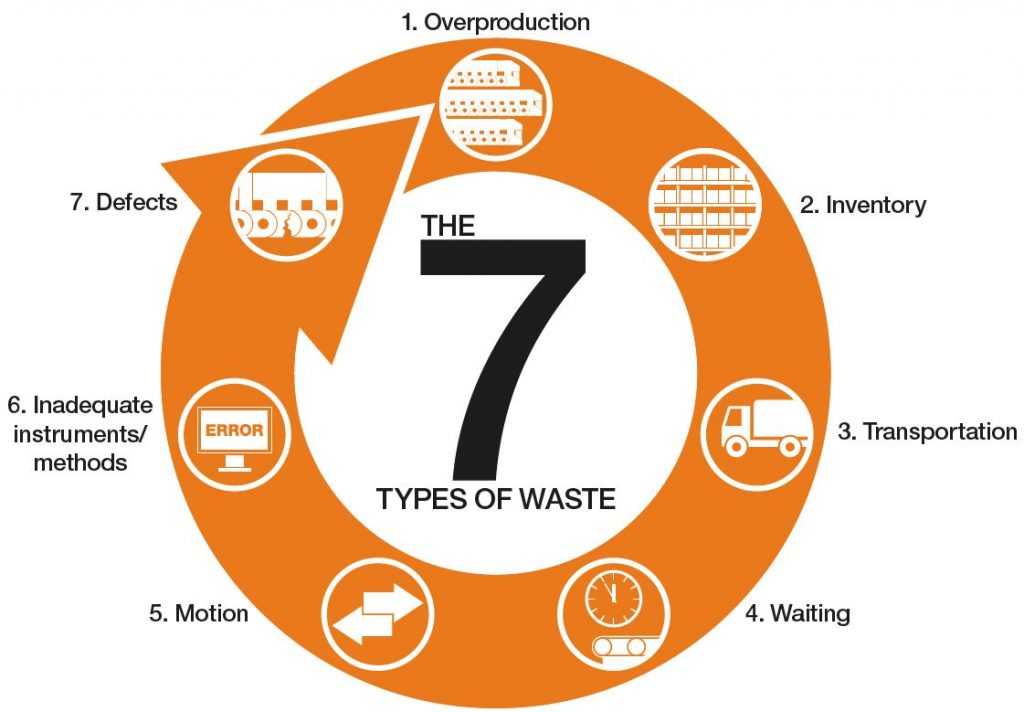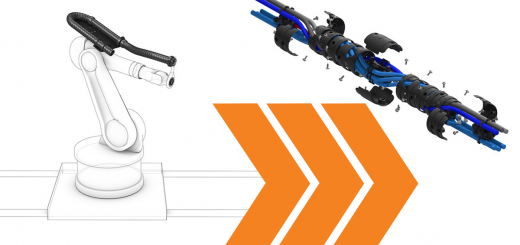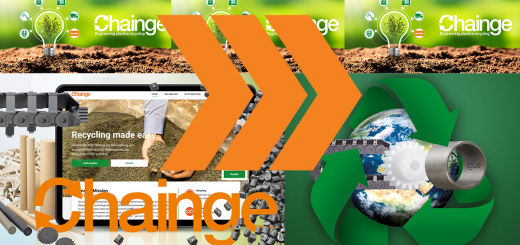What is Lean management and how does it work?
By Beke Nieszytka
Lean management focuses on the elimination of waste and other non-value-added operations. Waste can be found in inefficient processes, which can lead to excess production, wait times, unnecessary communication, or complicated work steps that the customer neither wants nor expects to pay for.
The 7 types of waste
To enable a streamlined way of working, any kind of waste should be identified in a company’s processes. The Lean Management Theory describes seven types of non-value-added activities:

The 5 Lean principles
However, a process without waste is hardly possible. Therefore, Lean management focuses on reducing waste to a predefined and achievable optimum. In addition, five principles are used:
1. Define your customers’ values
The requirements and needs of the customer are the focus. The products should correspond to the customer’s ideas and be adapted exactly to his needs. Production planning is designed to achieve this goal.
2. Analyze your value stream
During the analysis, the processes are broken down into subareas and analyzed. Ultimately, all processes within the value chain must be aligned with the value stream.
3. Implement the flow principle
Assuming this value stream runs as smoothly as possible without interruptions, waste can be avoided. For this purpose, the steps of a value stream are brought into a suitable order and adapted to one another. This is done by asking whether they proceed simultaneously or in succession and how bottlenecks can be avoided.
4. Introduce the pull principle
Frequently, companies produce with the goal of full capacity utilization and “pushing” the products independently of the concrete demand through the individual production steps (= push principle). By contrast, the pull principle produces according to specific needs. Ideally, no storage is required and there are no waiting times.
5. Continuously improve
The constant pursuit of perfection is one of the central principles in lean management. With continuous improvement and the discovery of ever new possibilities for improvement, the goal is always to achieve an optimal state.

Working Lean with readychain® and readycable®
igus® products support your company in a Lean way of working. igus® offers 100% tested pre-assembled cables with connectors (readycable®) and cable carriers (readychain®) completely assembled with cables and connectors. Below is how these solutions can help you reduce the 7 types of waste.
- Overproduction – Not a meter of cable too much: a solution tailored to your application
- Inventory – Just-in-time production: reducing your stock by 50%
- Transportation – Only one way for a complete system, instead of many transport routes for many individual parts
- Waiting – Shortening your throughput time by up to 95%
- Motion – Single contact: everything from one source – direct from the manufacturer
- Inadequate instruments and/or methods – Elimination of assembly interruptions by ready-to-install systems
- Defects – Reliable quality through 100% tested components
For more information about readychain® and readycable®, visit to our website.



